“When a bird flies through this garden, it doesn’t know it’s not allowed to go anywhere so it just goes everywhere,” says Es Devlin, tracing an imaginary flight with her hand across the sunlit space. “And we would have once been like that, before the Enclosure Acts and all that happened. So I think we long for the commons. We long to be reminded of systems greater than ourselves.”
That sense of connection vibrates through much of Devlin’s work. Artist, writer and stage designer, she — a little like that bird — defies borders. Many know the 53-year-old for her theatre designs — wonderful, often kinetic sets that sculpt space and animate the ideas of a play: The Lehman Trilogy, encased in a revolving glass cuboid, has just returned to London; her stunning, monumental set for the National Theatre’s new Coriolanus has the play unfold in a museum of antique statues and treasures — a silent testimony to imperial might.
For others, her name is synonymous with vast arena designs — sending Miley Cyrus sliding down a giant pink tongue; framing Stormzy in a veil of rain at the Brit Awards; wrapping the audience for U2’s residency at the giant Las Vegas Sphere in a gorgeous kaleidoscope of images of the natural world. Certain leitmotifs run like connecting rivers through her work. A line of light cutting through darkness derives from her earliest memory: falling into water as a tiny child; cubes and spheres, reflecting an endless fascination with fundamental forms such as the circle, the triangle and the square, pop up frequently.

But underpinning all this is her work as an artist. She’s always regarded design work as art in itself: for her a stage set is a protagonist. And for the past decade, her visual arts practice has soared to the fore, powering her output, as she’s created multiple exhibitions, films and installations that are themselves concerned with tracing connections. Her work for art galleries — often durational, often involving music and interaction — builds on “having sat in the dark with an audience for 30 years”.
“I just enjoy it all, I really do,” she says. “If you were Robert Hooke [the 17th-century English polymath] and you spent your day drawing creatures through a microscope, then you helped Christopher Wren do the engineering on St Paul’s Cathedral and then you probably wrote a motet in the evening, you would just be practising everything that you could. And that’s always how I’ve approached it.”
That porosity is expressed even in her home in south London, where the studio spills into the living space and the living space into the garden, the large glass doors open wide on the warm afternoon on which we meet so that the threshold seems to melt away. Life and work, outside and inside tumble over one another: one of her cats picks its way through the stacks of drawings and paint pots.
Right now that house is occupied by dozens of huge charcoal and chalk portraits, rising metres high, gazing out at you from the walls and floor. These are the drawings for her new installation, Congregation. All the sitters arrived in the UK as forcibly displaced people — some recently, some in childhood, many after considerable trauma.


In the finished work, mounted in several tiers inside St Mary le Strand Church in central London, they will form an assembly of gift-bringers, each person holding an empty box that will illuminate with film, like animated stained glass windows. The content is co-authored by the sitters and is accompanied, at dusk each evening, by a free choral performance. It will be, says Devlin, a “collective portrait of those who bring their gifts to London”. “The boxes will behave like mini theatres. So it’s drawing the theatre practice into the art practice. They really are hard to separate at this point.”
The idea emerged in 2022. Devlin was struck by contradictory public and political attitudes towards displaced people from different countries, the welcoming of Ukrainian refugees contrasting with harsh rhetoric about an “invasion” of asylum seekers crossing the English Channel. Working with the United Nations High Commissioner for Refugees, she invited 50 individuals to collaborate with her and sit for a portrait. For the first 45 minutes, she encountered them as strangers, drawing only what she saw. Then, after a conversation about their lives, she would return to the drawing. That process was significant — in part an attempt to root out her own biases and assumptions.
“I put music on to stop us both talking — the Max Richter reworking of Vivaldi’s Four Seasons — and I asked them to look right into my eyes. And then we’d stop and they would tell me about themselves.”
The results were revealing. She recalls one sitter, Maya, who arrived in the UK, aged 16, from Damascus.

“I had never drawn anyone in hijab before. My own overlays and associations were almost like static interference. So I’m thinking about demure Renaissance sculptures of women and I’m trying to really do justice to this beautiful curve of fabric and how it bounces off the face. And then she tells me her story and she’s a commercial airline pilot. And the picture is just aching at me, going ‘What were you thinking of! It was her watch you should have been looking at, her big chunky black pilot watch.’”
So did the portrait change? “Totally. I became obsessed by the strength of her arm. All my other biases about what pilots must be like came in.”
She laughs. We’re sitting beneath the trees at the end of the garden. Devlin, in a sunshine yellow top and white cargo pants, is as vividly present as her work. She often wears yellow, I observe.
“It’s a good colour,” she replies, good-humouredly. “The day goes well when I’m wearing yellow. And I try to pack so much into my waking life that not having any choice of clothes has made my life so much simpler.”
Even sitting still there’s a compressed energy to her. Director Lyndsey Turner, with whom Devlin often works, describes her approach as both “forensic and associative”. She’ll drill into the meaning of a word, but equally a chance encounter as she cycles around London might find its way into her work. One of her great skills is to craft those connections into sculpted experiences for an audience: a way of feeling themselves to be part of a greater whole.

In her set for The Lehman Trilogy, the three actors build the world of the play — shop counters, desks, towering skyscrapers — from grey cardboard boxes like those used by Lehman employees to remove their belongings when the company collapsed in 2008. It’s an approach that matches the actors’ ingenuity to that of the three Lehman brothers. But, importantly for Devlin, it also allows the audience “to be the set designer”.
“It’s magical to feel everybody reading one small cardboard box and in their mind creating their own world,” she says. “In the theatre you know that you’re part of making the work. I think that’s why you feel quite alive when you leave.”
She views audiences as temporary societies: communities where a slight shift in perspective is possible. In the theatre, or in a piece like Congregation, that might translate into empathy for others. In the installation Come Home Again, a “choral sculpture” of drawings and sound erected outside Tate Modern in 2022 to celebrate 243 endangered species common to London, it became about decentring the human: urgently reconsidering our place in existence and our relationship with the planet.
So what might AI contribute to this discourse, with its potential to mimic or even outstrip human intelligence? Devlin has used AI creatively — her Pavilion for Expo 2020 in Dubai was a huge cone-shaped structure that displayed a constant stream of verse — collective poems generated by an algorithm from words suggested by visitors. She’s both pragmatic and philosophical.
“I think artists engaging with it makes sense — rather than just being eaten,” she says. “Yes, be fearful, but also see where these things could really work with us.
“And maybe we’re not the centre of intelligence. There are intelligences that are beyond our own all around us. The intelligence in each of these plants, for instance. There are so many things that are other than us.”
‘Congregation’, to October 9, unrefugees.org.uk; ‘The Lehman Trilogy’, Gillian Lynne Theatre, to January 5, lwtheatres.co.uk; ‘Coriolanus’, to November 9, nationaltheatre.org.uk
Find out about our latest stories first — follow FTWeekend on Instagram and X, and subscribe to our podcast Life and Art wherever you listen







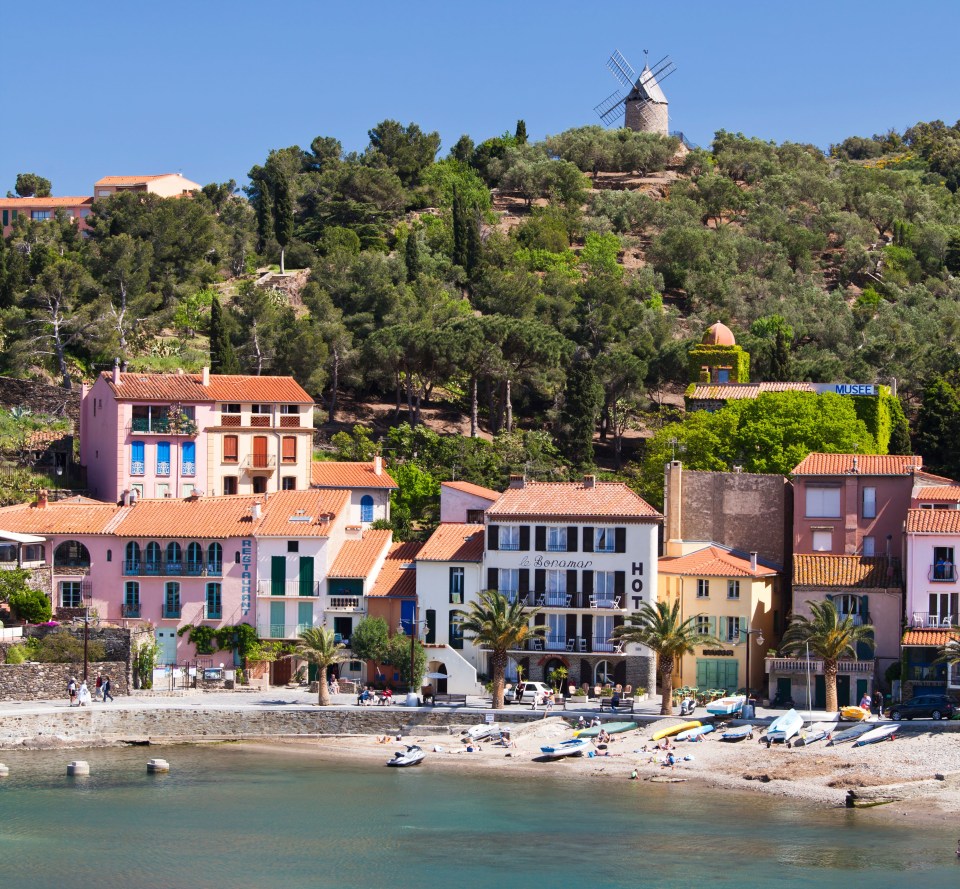
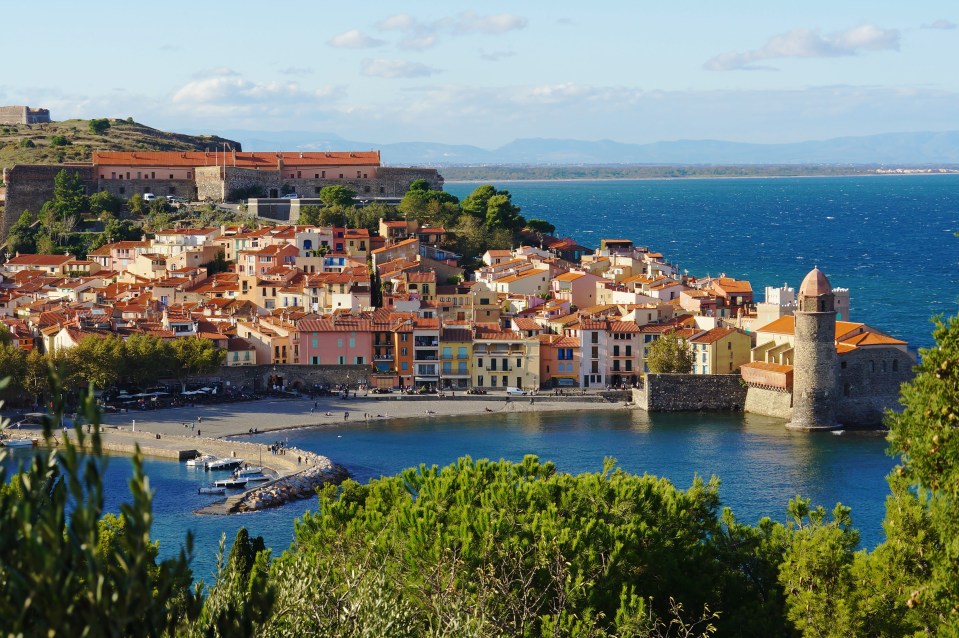
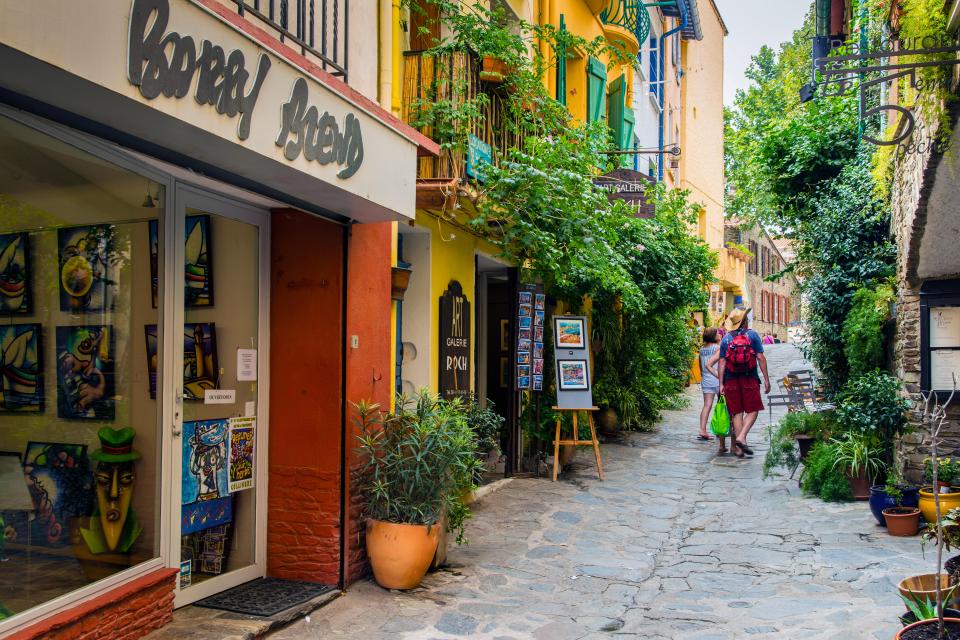
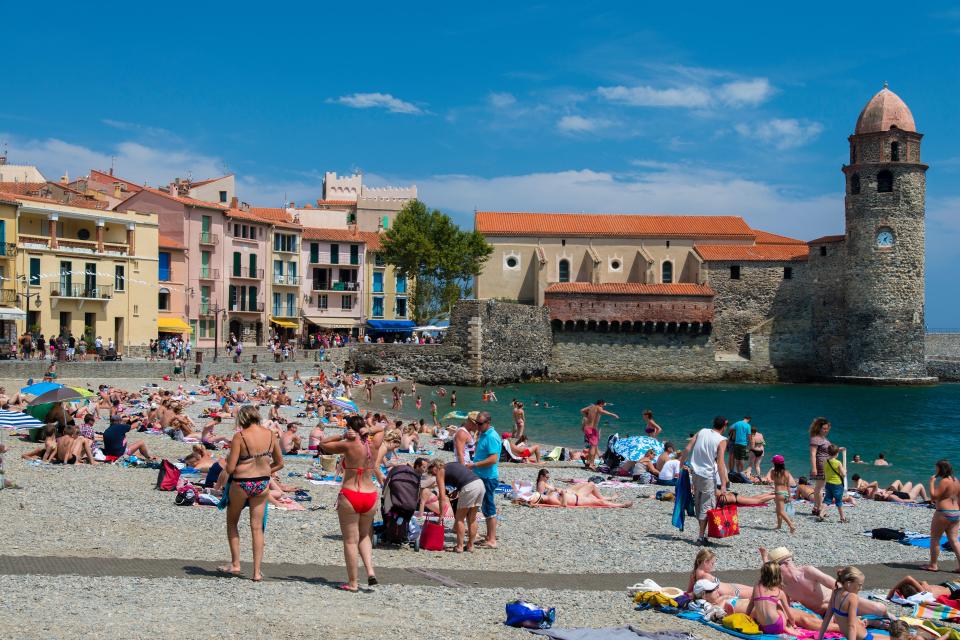
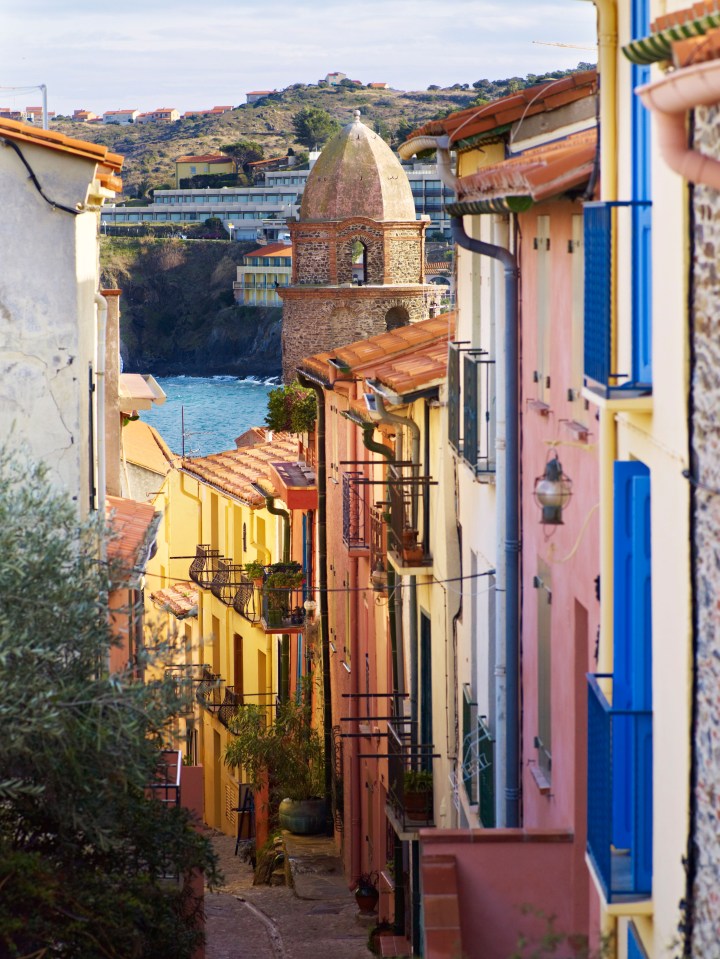











































































































































You must be logged in to post a comment Login